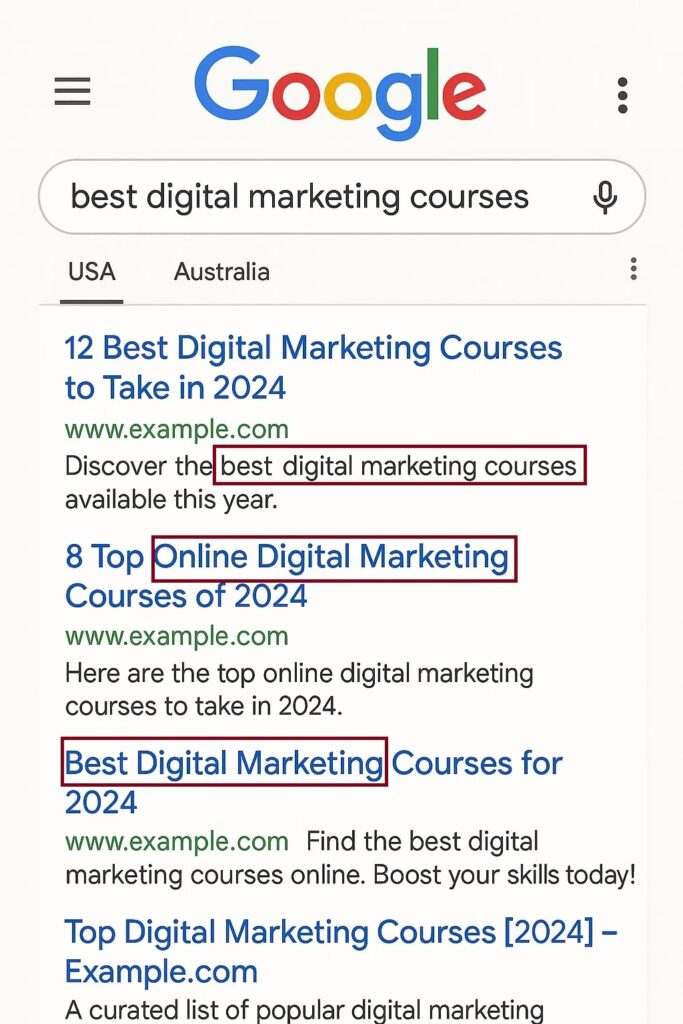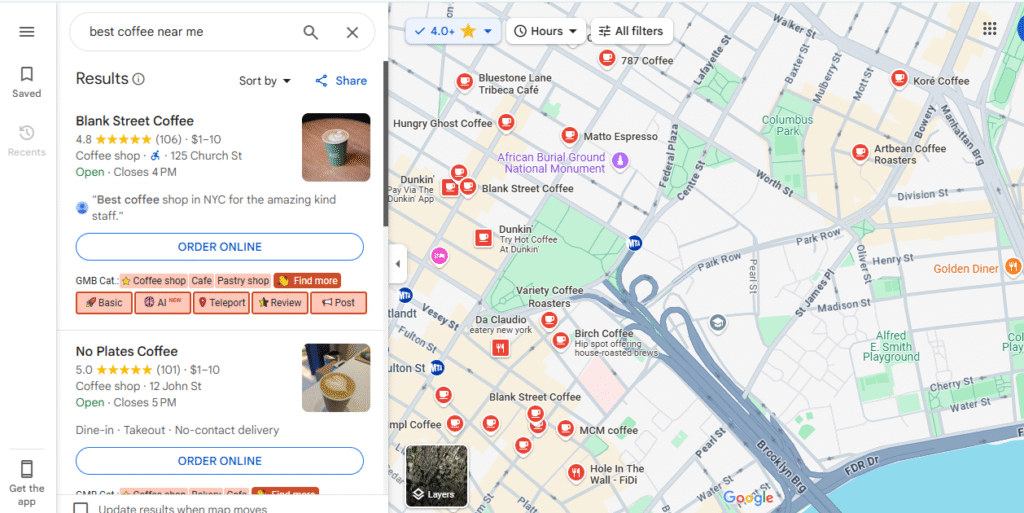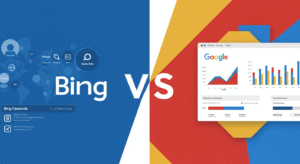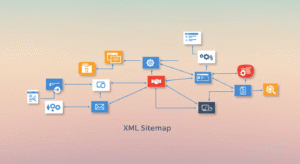SEO (Search Engine Optimization) is a powerful strategy that helps businesses grow online. But when it comes to SEO, there are two main types: local SEO vs. traditional SEO. Both have their unique roles and importance, but many people get confused about the actual difference between them. If you want to grow your website or business, understanding how Local SEO and Traditional SEO work and when to use each is essential.
In this article, I’ll explain the key differences, strategies, and how you can combine both to boost your online presence effectively.
What is Traditional SEO?
Traditional SEO, also called organic SEO, involves optimizing your website so it ranks higher on search engines like Google and Bing. This type of SEO usually targets broad keywords that appeal to a national or global audience.

For example, if you run an online store selling phones or clothes, you might target keywords like “best digital marketing” or “online marketing courses” where your potential customers could be from all over the country or even worldwide.
Key elements of Traditional SEO include:
- Keyword research and optimization: Choosing keywords with high search volume.
- Quality content: Writing informative and engaging articles, product descriptions, or blog posts.
- Backlink building: Getting links from high-authority websites.
- Technical SEO: Improving website speed, mobile-friendliness, and site structure.
Traditional SEO is usually a long-term strategy that helps businesses establish themselves where their target audience is broad.
Start keyword Research:
Start by figuring out what words or phrases your audience is typing into Google. Pick keywords that lots of people search for, but also make sure they truly fit what you offer. Then use them naturally in your content, titles, and even image alt text.
Valuable Content:
Whether it’s a blog post, a how-to guide, or a product page, your content should genuinely help or inform your readers. Aim to answer their questions, solve their problems, or inspire them, not just fill a page with words.
Building quality backlinks:
Think of backlinks as online votes of confidence. When respected websites link to yours, it tells search engines your site is trustworthy and worth ranking higher. You can earn these links by creating standout resources, guest posting, or building relationships in your industry.
Technical site health:
Behind the scenes, your website needs to load fast, work smoothly on phones, and be easy for search engines to crawl. A clean structure, logical navigation, and a mobile-friendly design all help keep visitors (and Google) happy.
What is Local SEO?
Local SEO focuses on people searching for services or products in a specific location. Its goal is to highlight businesses in local search results so that when users search for phrases like “near me” or “in [city name],” your business appears easily.

For example, if you’re a best coffee near me, you want to target keywords like “best coffee near me” or “emergency plumbing near me.” Local SEO increases your visibility to local customers actively looking for your service.
Important components of Local SEO include:
- Google Business Profile (GBP) optimization: Shows your business on Google Maps and local search.
- NAP citations: Consistent Name, Address, and Phone number listings across directories.
- Customer reviews: Positive reviews improve your credibility.
- Local keywords: Targeting location-specific keywords.
- Localized content: Blogs and pages about local events or news.
Google Business Profile (GBP) optimization:
our Google Business Profile (formerly Google My Business) is like your shop window on Google. When someone searches for a service near them, a well-optimized GBP helps your business pop up on Google Maps and in the local pack. Keep it updated with accurate hours, services, photos, and even posts about offers or events. This makes it easy for people to find and trust you.
NAP citations:
NAP stands for Name, Address, and Phone number, and keeping these details 100% consistent across all online listings (like Yelp, local directories, and social media profiles) helps search engines trust that your business info is reliable. Even small differences (like “St.” vs. “Street”) can confuse. Consistency builds stronger local rankings.
Customer reviews:
Good reviews don’t just boost your reputation; they’re a local SEO powerhouse. Positive feedback signals to Google that people like and trust your business. Encourage happy customers to leave reviews on Google and respond to them (even the tough ones) to show you care. This human touch also reassures future customers.
Local keywords:
People often search for services near them, think “best coffee shop in Leeds” or “dentist near me.” Use keywords that include your city, neighborhood, or service area naturally throughout your site and content. This tells Google exactly where you’re relevant, helping you show up in those local searches.
Localized content:
Write blogs or create pages about local events, news, or community activities. Maybe it’s a guide to local festivals, a spotlight on nearby partners, or updates about how your business supports local causes. This shows both Google and local customers that you’re an active part of the community, and makes your site more engaging.
Difference Between Local SEO and Traditional SEO?
| Aspect | Local SEO | Traditional SEO |
| Target Audience | Customers in a specific area | National or global audience |
| Keyword Focus | Location-based (e.g., “dentist NY”) | Broad, non-location specific |
| Listings | Google Business Profile & Maps | Organic search results only |
| Backlinks | Local directories and citations | High authority websites worldwide |
| Content | Location-specific pages and posts | Industry or niche-focused content |
| Search Results | Local pack & map listings | Organic listings & featured snippets |
Should You Use Both Local SEO and Traditional SEO?
For many businesses, the best approach is to combine both strategies. If your business has a physical location and you want local customers to visit your store or office, Local SEO is essential. At the same time, if you want to promote your brand on a national or international level, Traditional SEO helps you attract organic traffic from a broader audience.
Why is Local SEO Becoming More Important?
With the rise of mobile searches and “near me” queries, Local SEO has grown rapidly. People searching on their phones for nearby services want quick and relevant local results. If you optimize your Google Business Profile well, you can appear in local packs, which get more clicks and calls.
Strengths of Traditional SEO
Traditional SEO is beneficial for businesses with a national or international customer base. It helps build your website’s authority, educates your audience through quality content, and drives organic traffic from a wider market.
How to Combine Both SEO Strategies?
If you want to use both Local SEO vs. Traditional SEO, design your website to support both approaches:
- Create location-specific pages for Local SEO.
- Write high-quality blog posts covering industry news or trends for Traditional SEO.
- Regularly update your Google Business Profile.
- List your business on local directories.
- Build backlinks from both local and global sources.
Conclusion
Both Local SEO and Traditional SEO are important in their own right. Depending on your business goals, you should decide where to focus your efforts. Using both strategies properly can help you generate more traffic, leads, and sales, improving your overall online presence. This guide will help you build an SEO strategy that increases your visibility on Google, whether you’re targeting local customers or a broader audience.
Frequently Asked Questions
Local SEO targets a specific geographic audience, while Traditional SEO focuses on ranking for broader, often national or global searches.
Yes, Local SEO helps drive foot traffic and local leads, especially if your business serves a specific area or has a physical location.
Absolutely. Using both together boosts visibility in local searches and broader organic rankings.
It improves your presence in Google Maps and local packs, helping customers find your business easily.
Local SEO uses geo-targeted keywords like “dentist in new york,” while Traditional SEO uses broad terms like “best dentist.”




